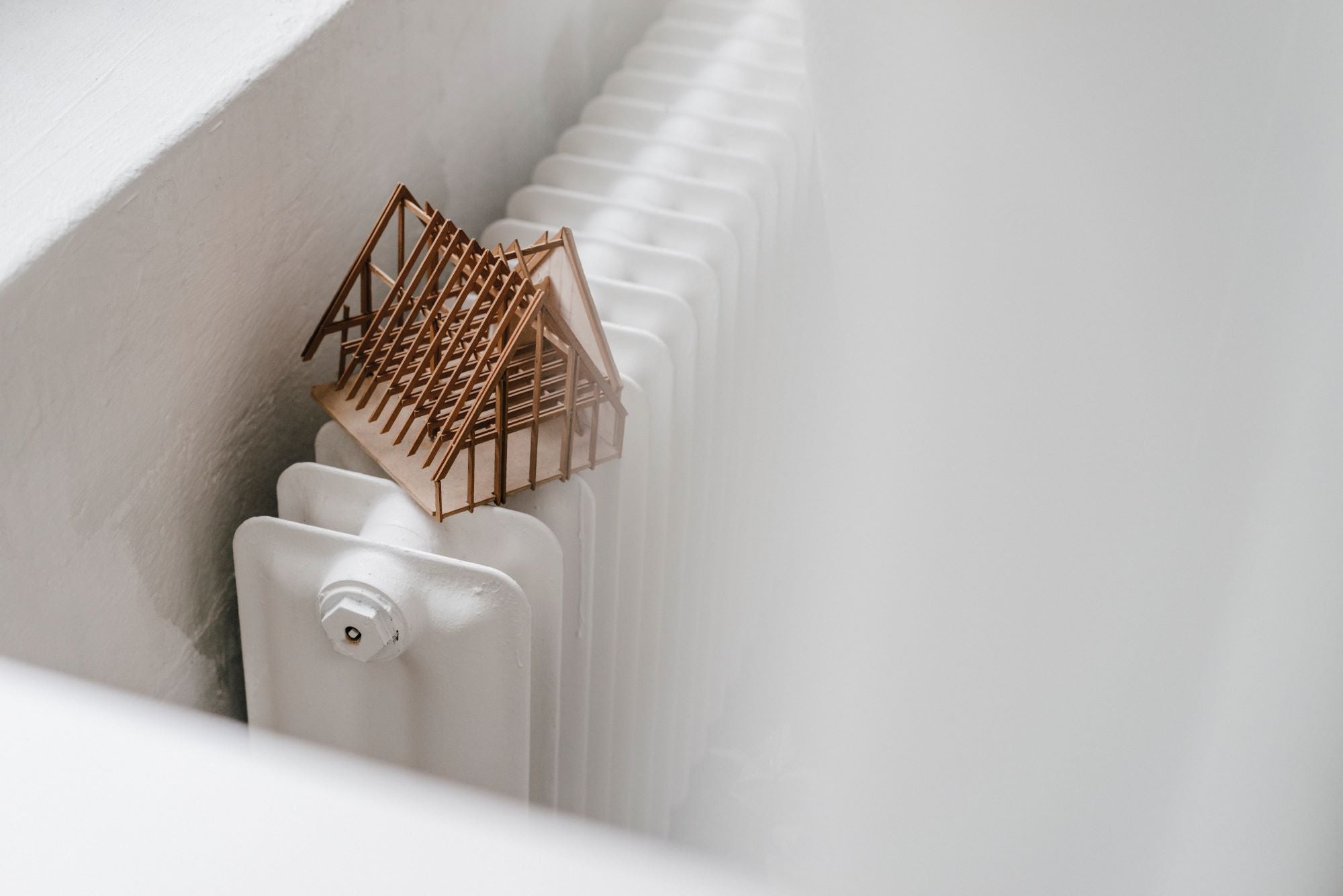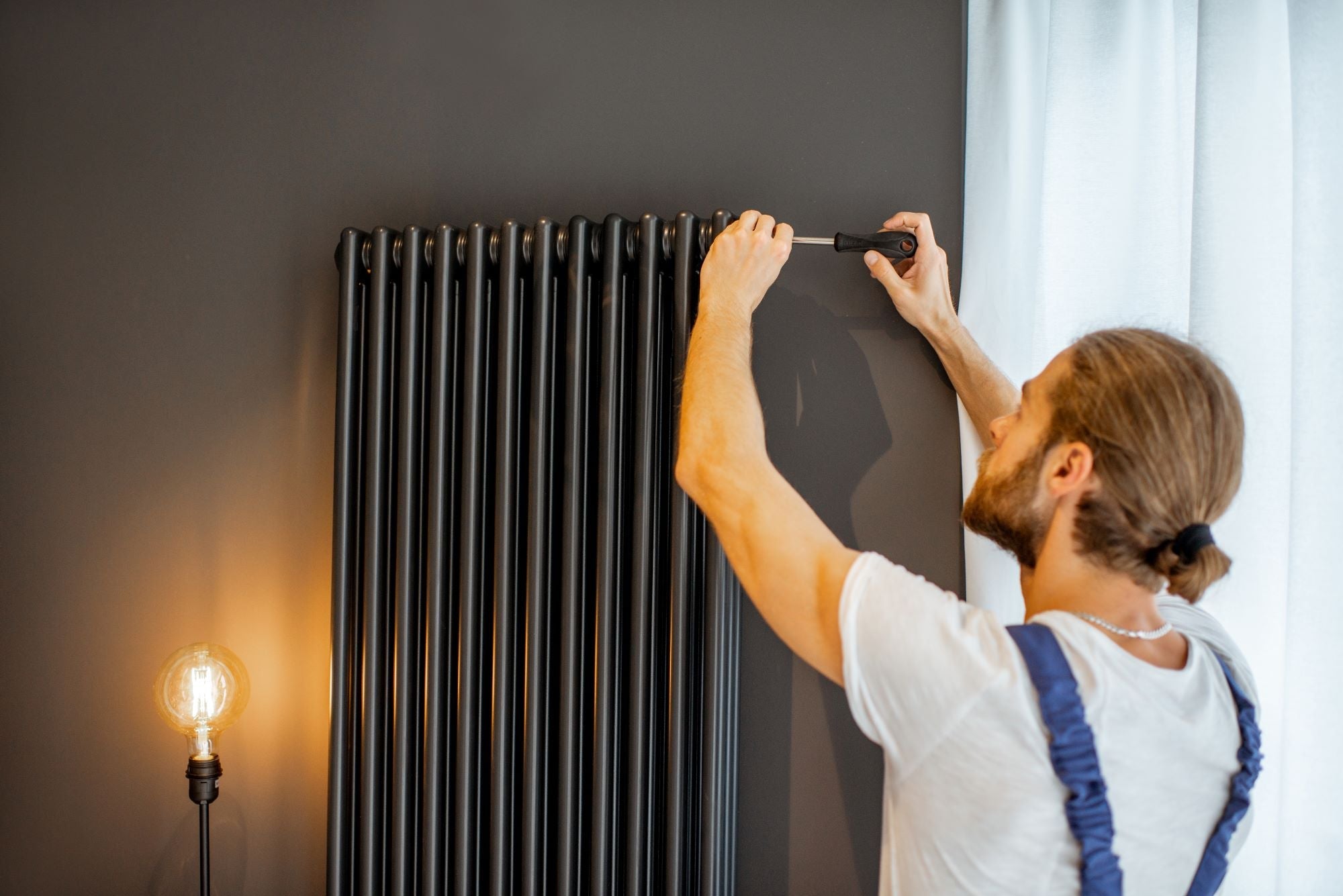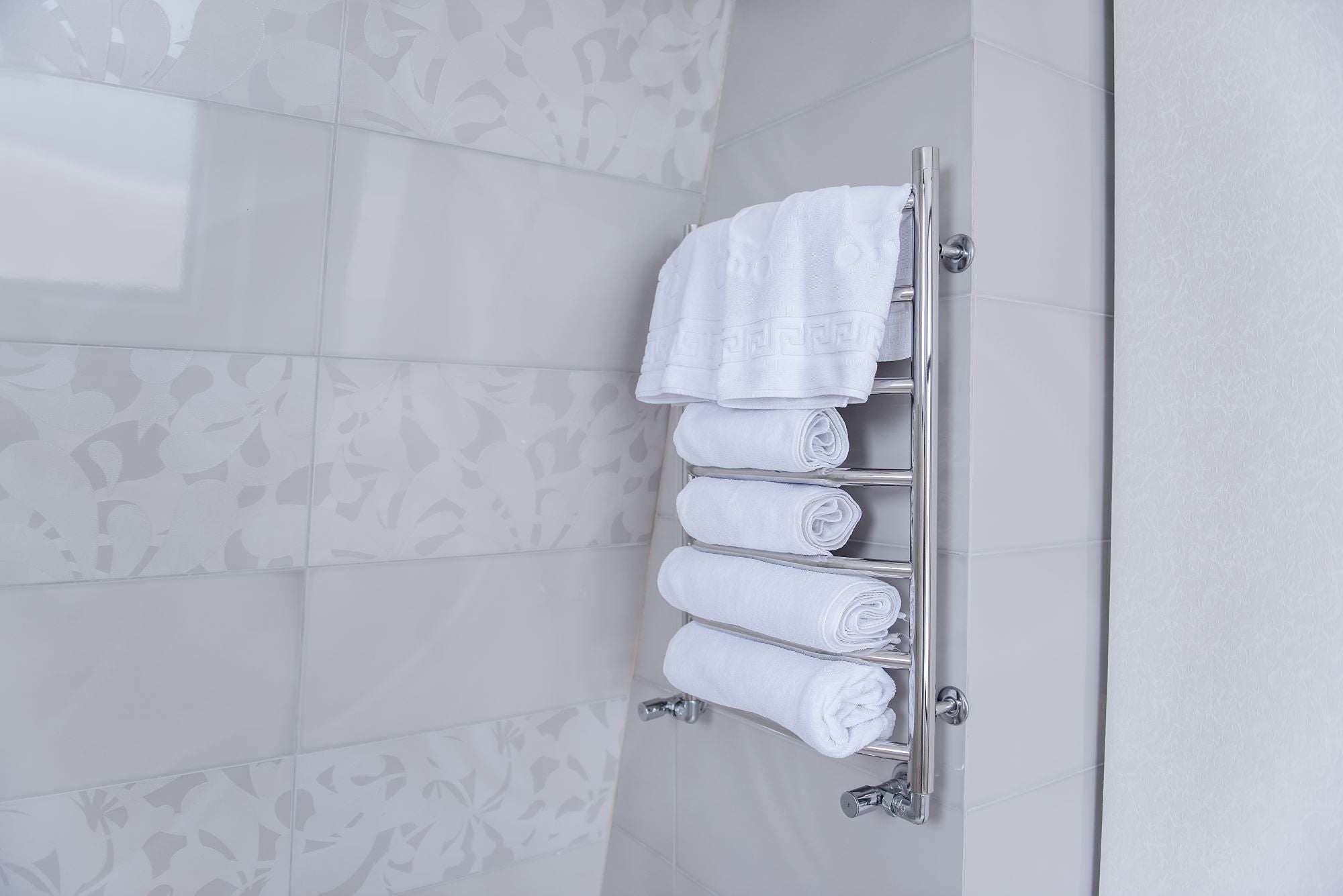What Causes the Pipes to Burst?
Water freezes at 0 degrees celsius (or 32 degrees Fahrenheit) and when it does, it expands. This expansion is the reason why pipes tend to burst, right? Well, yes and no. We’ll explain with an example and some questions that may seem a bit like riddles! The temperature outside the pipe is:
- Celsius = 0
- Fahrenheit = 32
The water inside the pipe is:
- Celsius = 0
- Fahrenheit = 32
Question - The water in the pipe is frozen, right? Answer - Wrong. If the water was frozen, I would have referred to it as ‘ice’, but as its stands, it’s still water. Let’s add another temperature drop outside the pipe and say it has been at this temperature for several hours. The temperature outside the pipe is:
- Celsius = -1.11
- Fahrenheit = 30
Question - the water in the pipe is the same temperature, right? Answer - Wrong. If it were, I would have said ice in the pipe, but I didn’t because it isn’t. The temperature of the water inside the pipe:
- Celsius = 0
- Fahrenheit = 32
How? I hear you ask. We assume in our minds that when water freezes it expands. What we don’t consider is that for water to freeze, it needs to expand, which leaves us with an interesting conundrum. So right now, the pressure of the pipes and their strength is stronger than the water's capacity to expand and turn into ice. The water can only freeze when it expands, but the pipe won’t let it. Now DJ, can we have another temperature drop:
- Celsius = -3.88 (this is almost minus 4 which is pretty cold!)
- Fahrenheit = 25
Question - the water in the pipe is the same temperature, right? Answer – Oops, I still called it water. The temperature of the water inside the pipe:
- Celsius = 0
- Fahrenheit = 32
DJ, one last temperature drop please:
- Celsius = -4.44
- Fahrenheit + 24
Question - the ice in the pipe is the same temperature, right? Answer – Yes, indeed. Along with that, the ice ruptured the pipe releasing some pressure as the water can only turn to ice if the pipe isn’t there to stop it (or at least part of the pipe). There is nothing stopping Ice from being colder than 0 degrees, it is simply that water starts to freeze at that temperature. So as soon as the pipe isn’t able to stop the water from expanding anymore, the water turns quickly into ice - allowing the ice to explode out of the pipes. That is a simplified way of looking at this problem. Although this explanation may not be accurate for physics experts, it provides a sufficient understanding of the importance of managing the issue at hand and appreciating the underlying physics concept. The speed at which this occurs depends on various factors such as the extent of existing corrosion, external temperature, pipe type, age, size, and amount of corrosion within the system. Therefore, it could happen at 0 degrees or -10 degrees.
What Other System Parts Can Freeze?
Many parts of your central heating system can freeze, such as:
- Your radiators
- The joints where your radiator valves sit
- The boiler (although fingers crossed this isn’t the case!)
It could also happen multiple times on various sections of your central heating system in one sitting. The reaction will occur at the weakest point in the chain, but since the distance over a central heating system is determined by the length of the pipes, a rupture in one location doesn’t mean it won’t happen again elsewhere.
How Can You Prevent Pipework From Freezing?
How we approach this issue depends on how long your property will be unoccupied. It’s important to balance saving money and not damaging your heating system and also the pipework for your cold water taps. Here is our general advice for preventing this situation from occurring:
-
Insulate your pipework. Especially if you have pipework that is exposed externally above ground or near external locations. All cold water pipes should be insulated internally and externally where you can.
-
Adjust the settings on your radiator valves. We recommend not turning them off fully. However, we encourage changing the settings on your valves depending on the type you have. If you have TRVs, we recommend changing them to the frost protection setting. If you have manual valves, we suggest turning them down to almost closed, ensuring that hot water can still flow through.
How to Prevent Frozen Water in Pipes for Short Breaks
Instead of turning your boiler off, we’ve provided some tips to prevent frozen pipes during a short break:
- Set all TRVs to the frost protection mode (this is a little star symbol * on your valves) or a low number.
- Never turn a manual or lockshield valve completely off
- Change the temperatures programmed on your thermostat to around 5-7 degrees. The reason we want 5-7 degrees as our frost protection settings is to give your system time to heat up and circulate water before it freezes. You may also need to consider whether your property is prone to dampness, which means you may need this setting to be slightly warmer.
- If your boiler has frost protection mode settings, ensure that it is switched on (this is usually set to around 5 degrees).
- If you have a hot water tank, it is probably best to leave your boiler on as normal. It might be slightly costly but will prevent you from getting ill from legionella when returning home.
- If you’re concerned about the pipes bursting internally for both your hot and cold water for your bath, sinks and showers, we suggest potentially turning off your mains water feed. We then recommend draining your hot and cold water system (or emptying any tank you have in place). If you do this, you can change your boiler to Central Heating only if that applies. Central heating water in radiators is not connected to the hot water in your pipes.
How to Prevent Frozen Water in Pipes for Longer Breaks and Empty Properties
If you’re planning on leaving your property unattended for a long period of time and wondered about the risk of dampness by leaving your heating switched off, you may want to consider following the steps above. If this isn’t a concern, then all you need to do is turn off your mains water feed and drain down every pipe that is above ground, including all of your radiators. Water can’t freeze if it isn’t there. If you'd like more information on this, check out our guide on how to drain your central heating system. Frozen pipes can be a serious problem for homeowners, especially during the winter months. Taking preventive measures such as properly insulating pipes and ensuring that the home is properly heated can all help to prevent pipes from freezing. By staying vigilant and taking steps to protect your pipework, you can prevent the inconvenience and expense of frozen pipes and ensure that your home remains comfortable and safe year-round.











